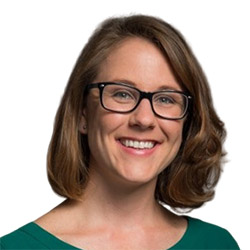A home is considered affordable to an individual or family if their housing and utility costs are less than 30% of their gross income. In contrast, those having to put more than 30% of their income to housing costs are housing cost burdened, and households paying more than half their income are extremely housing cost burdened. People living on low and fixed incomes are disproportionately likely to experience housing cost burden, as there often are not enough homes available at rents or prices affordable to them.
Market-driven financing and policies alone will never fulfill the enduring need for new homes that are affordable to low-wage earners and people living on fixed incomes. This is true from the perspective of developers and property owners, who require sufficient capital to build and maintain high-quality homes, as well as for low-income residents, who are working against multiple systemic inequities keeping them from economic stability.
This brief synthesizes the most recently available data to look at who faces the greatest barriers to affordable, stable housing across Colorado by aligning data on area median incomes (AMIs) with wages for various occupations in different areas of the state.
- Brief
